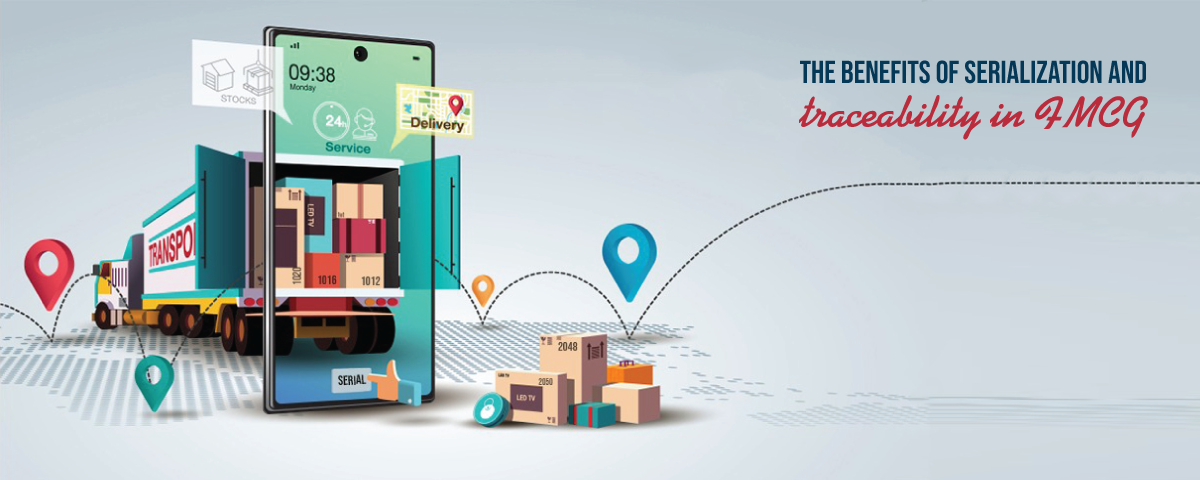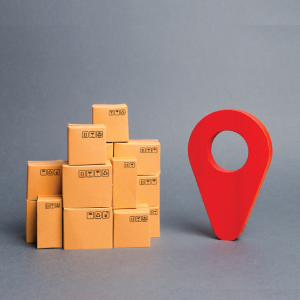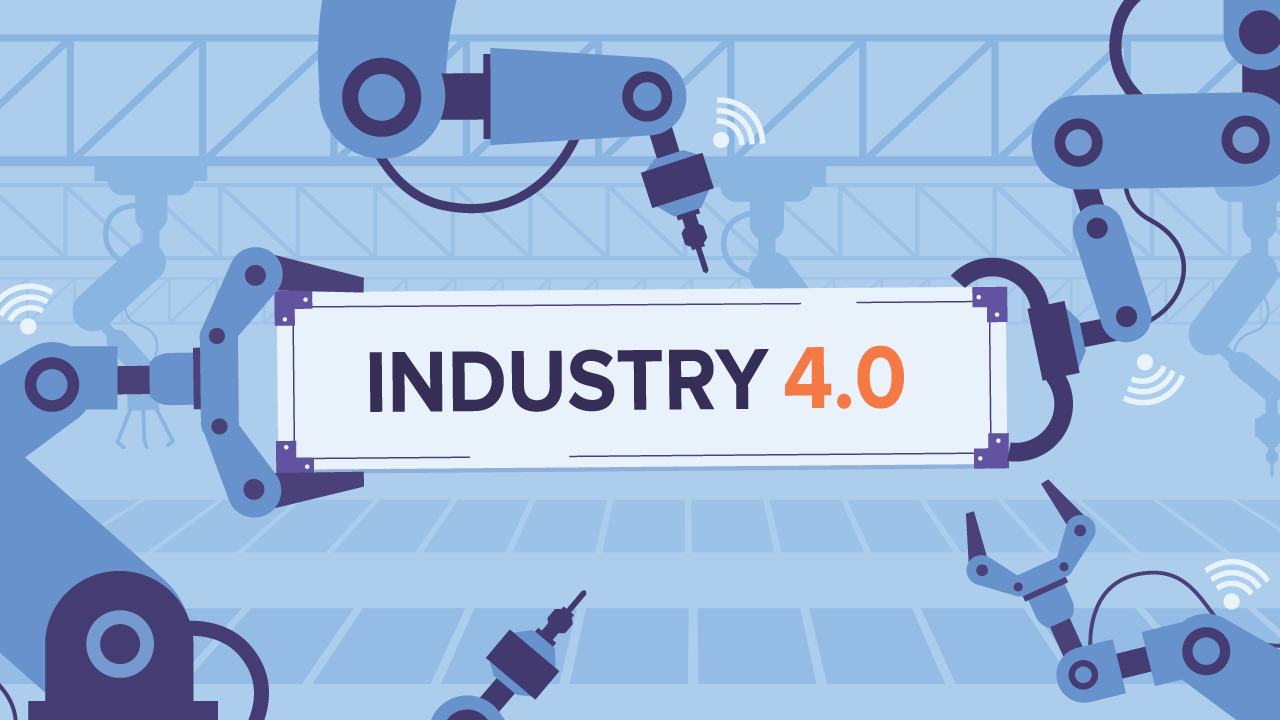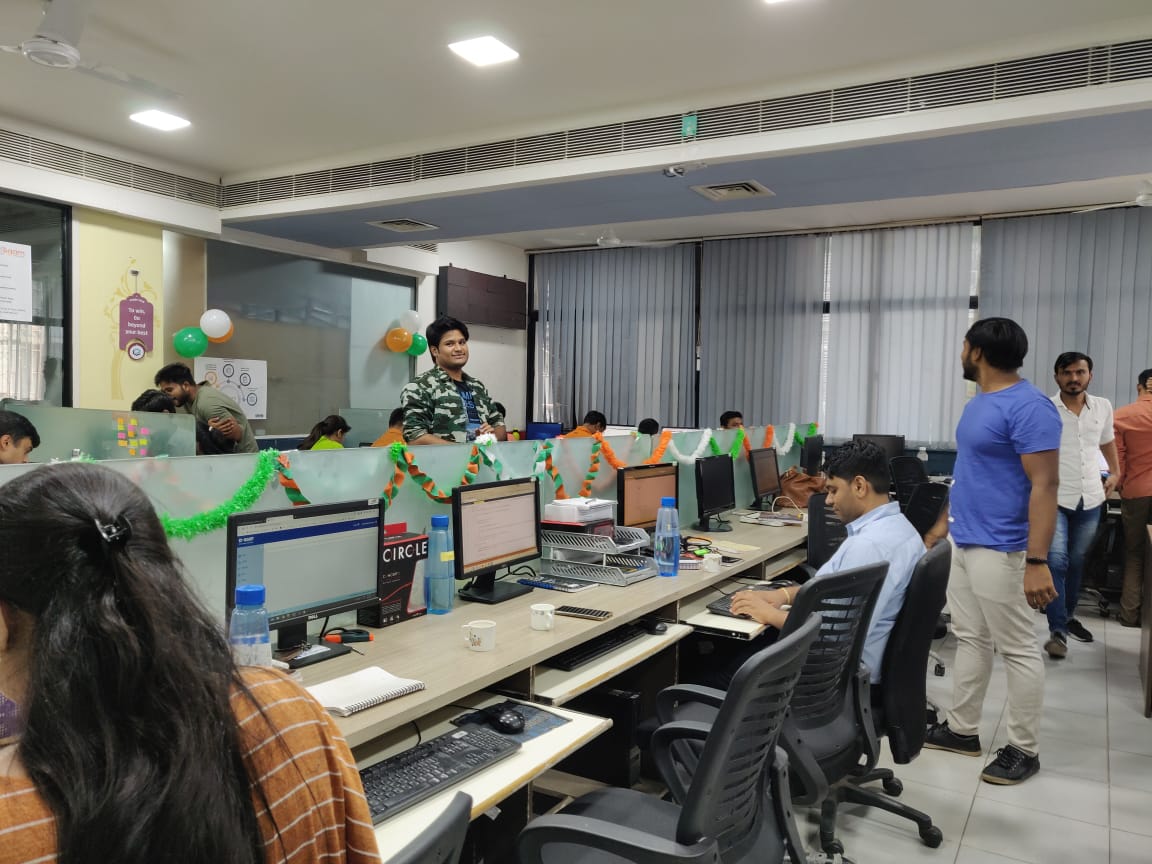Digital checklists give you the convenience of never having to manually print and hand out paper checklists. Digital checklists also allow you to track tasks in real time, give you access to data and information right away, and make it easy to analyse and compare results. In addition to their convenience of it, digital checklists also help save time and money.
Let’s understand in detail how a digital checklist can help you save time and money:
Improved accuracy
An often-overlooked benefit of digital checklists is improved accuracy. When data is entered manually, there’s always a chance for errors to be made. With a digital checklist, data points are entered through an automated process, increasing certainty and accuracy.
Additionally, because the system ensures the information is complete and formatted correctly, users can rest assured that reports or measurements are accurate. This gives team’s peace of mind to focus on accuracy with fewer manual processes and eliminates the need for ensuring staff consistently performs manual tasks correctly.
Increased efficiency
Digital checklists are quickly replacing paper-based checklists and becoming the preferred way to track tasks and manage workflow. By making the transition to digital checklists, businesses can improve efficiency, speed up processes and make sure tasks are done accurately and on time.
Here are some of the benefits that digital checklists bring to an organization:
- Increased efficiency:Digital checklists eliminate data entry errors, simplify how workflows are managed and tracked, reduce overhead costs associated with printing documents, and help make sure tasks don’t fall through the cracks.
- Increased accuracy: When tasks are tracked digitally, there is less chance for errors due to illegible handwriting or misread numbers. Digital systems also allow for sharing information in real-time and provide fast feedback which makes it more likely to catch any potential mistakes earlier in the process.
- Enhanced collaboration: With digital checklists, teams can work together quicker and more easily than with paper forms since they can access them from anywhere at any time. This leads to increased collaboration across departments which leads to faster process completion support and increased success rates.
- Improved accountability: Using a digital checklist makes it easier to assign duties accurately across all team members ensuring that everyone is aware of their responsibilities. It also allows managers to quickly identify who needs assistance if a task isn’t getting done in a timely manner or delegation fails.
- Optimized data flow: Data collected through a digital checklist is usually stored in one centralized place ensuring faster workflow approvals with fewer typos or misinterpretations which leads to improved accuracy when collecting customer information as well as decision-making processes within an organization.
Limitation of Manual Process
Paperless processes are quickly replacing physical files, forms, and paper checklists. By utilizing applications and software platforms to digitalize the entire process, organizations can significantly reduce the amount of paper consumed
Digital checklists help businesses save time and resources while they collect, store, and report data securely. Companies are able to track all information in one place – eliminating the need for hard copies and misfiled documents. Furthermore, with cloud-based technologies, all data is automatically saved as documents are edited in real-time. This reduces paperwork by removing the need for multiple copies of the same document being completed or filed away.
Another benefit of digital checklists is that it eliminates unnecessary data entry tasks like manually entering information from paper forms into computer systems. Instead, the operator is able to enter the required information directly into an online form on their device or computer. This makes fewer errors resulting in more streamlined operations with more accurate inspections and quality control measures taking less time to complete than traditional methods of documenting results.
The ability to use digital checklists enables organizations to track every step of their processes ensuring that quality control requirements are met at every stage – not just at the completion of a task but throughout, saving valuable time and reducing costs associated with printing paper forms and invoices that may become lost or misplaced during manual filing procedures.
Types of Digital Checklists
Digital checklists provide a convenient way of keeping track of tasks and ensuring that they are completed in a timely manner. They can be customized to suit a variety of needs such as managing projects or tracking daily tasks.
In this article, we will discuss the different types of digital checklists and how they can help you save time and paper:
Simple checklists
Simple checklists are usually used to keep track of a series of independent items that need to be completed. These can include tasks like grocery shopping, packing for a vacation, or sorting through documents. By creating a simple checklist, you will be sure that no item is overlooked and that everything can be completed efficiently in the correct order.
Automated checklists
Automated checklists are digital checklist programs that can be used to track and monitor a task list. They are designed to help streamline processes by eliminating the impact of human error, as they can ensure that all tasks are completed as they should be. Automated checklists create events or ‘trigger points’ during the course of completing a task that will remind users what needs to be done next, allowing for faster completion and better accuracy.
By streamlining processes and eliminating the need for paper-based checklists, digital checklists bring with them serious time-savings. Automated checklists can also keep track of at-risk tasks, so staff can move more quickly when time is scarce in order to focus on the more pressing infrastructure items first.
e-Checklist provide all the advantages of digital checklists without any headaches, making it easier for businesses of any size to manage their activities efficiently and accurately – regardless of who’s completing them. Create templates for specific departments that trigger notices when an activity is incomplete or overdue;
Collaborative checklists
In addition to the commonly used individual checklists, another type of digital checklist is the collaborative checklist. This type of checklist can be used by multiple people working as a team, such as when multiple members are assigned tasks in a project. Team members can use collaborative checklists to document progress and ensure that all tasks are completed on time.
Collaborative checklists provide the benefit of making sure that everyone on the team is aware of their responsibilities and takes ownership of their tasks. It helps to ensure that tasks are not overlooked, repeating any actions already taken, or forgetting things in the middle of a project. Moreover, collaborative checklists enable task management in real-time, allowing team members to keep track of who has completed which task and where everyone stands in terms of completion percentage.
Collaborative checklists allow teams to work together efficiently while keeping all parties accountable for their work.



























